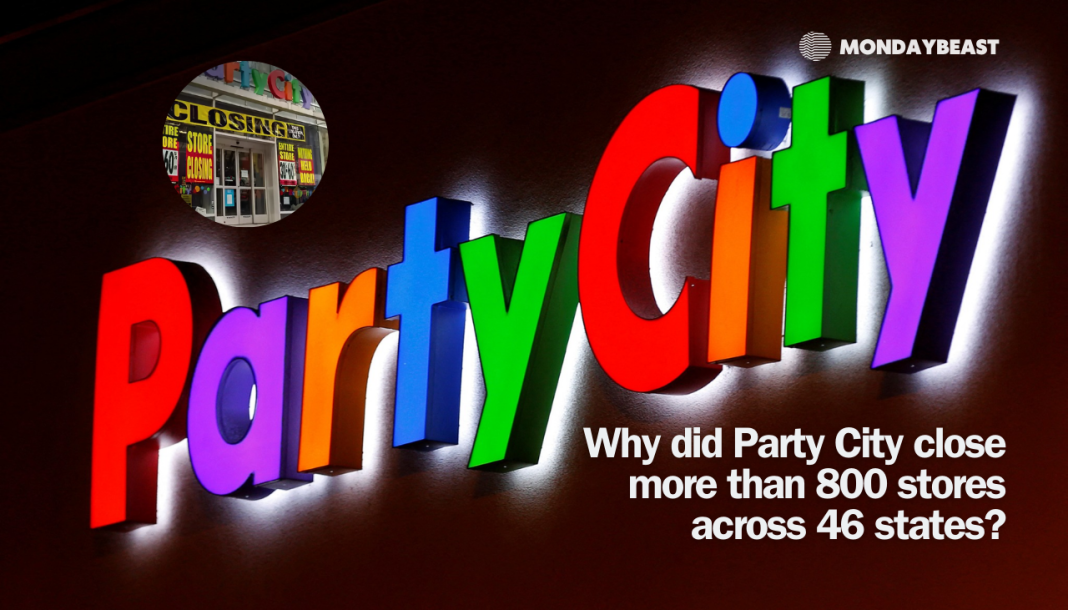The lights are going out at Party City. This iconic brand, known for its balloons and party supplies, is vanishing. After nearly 40 years, the closures are shocking. For many, this feels like the end of an era. Remember your last-minute scramble for decor? Suddenly, your go-to shop is gone.

CEO Barry Litwin’s voice trembled as he broke the news. He labeled it “the most difficult message” he ever had to deliver. Employees were blindsided. Many sent home immediately learned that their jobs were ending. Some were hopeful after a long restructuring process. But this hope faded fast.
Party City filed for bankruptcy in January 2023. The reason? A staggering $1.7 billion in debt. The company shut down stores and canceled debts. Yet, with $800 million still owed, it struggled to stay afloat. Inflation played a role, too. Higher costs discouraged people from spending on party extras.

Just a few months later, it was obvious this wasn’t working. Sales dwindled. A new game plan from Litwin went nowhere. The company quietly left bankruptcy, but what was left? Sales continued to drop. Could it find a way back? The outlook seemed bleak.
Party City faced fierce competition. Giants like Amazon and Walmart offered better prices. Seasonal shops like Spirit Halloween provided unique options. And to make matters worse, a helium shortage hit hard. Balloons are the backbone of sales, and without helium, sales dropped further. It hurt in a big way.

The company’s closure came with little communication. Employees learned of the shutdown just weeks before it happened. Product development teams were called back unexpectedly. The company stopped paying suppliers, a sure sign of trouble. Staff faced uncertainty.
On December 15, a video call delivered the final blow. Tension filled the air as Litwin apologized for everything. Emotions ran high. Chief Human Resources Officer Karen McGowan broke down, head in hands. Many felt blindsided. For countless employees, this was a personal blow. It wasn’t just a job that was lost.
The abrupt end left questions in its wake. What will happen next for those impacted? A community once vibrant and bustling is now still. Employees wonder how they will pay their bills. Everyone thought this company would last forever. But what do you do when the party is over?




